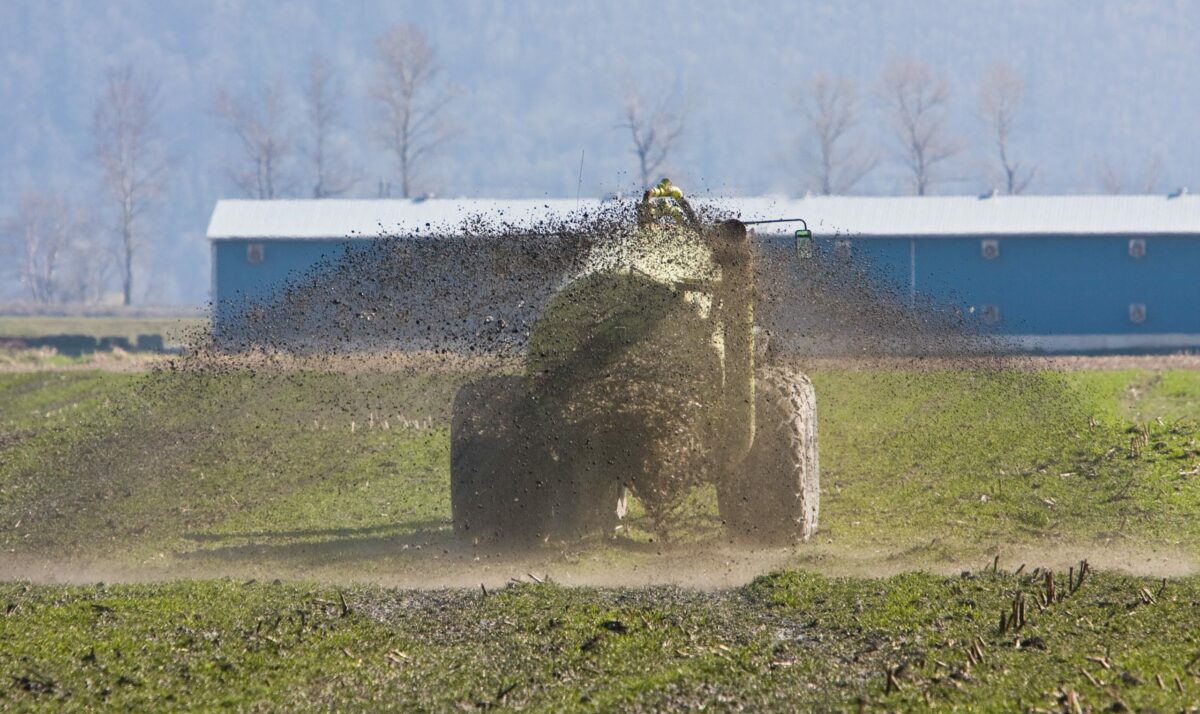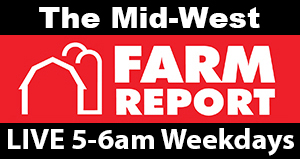
Wisconsin Farm Bureau Federation is urging farmers to plan ahead to reduce the risk of manure runoff incidents.
The Department of Agriculture, Trade and Consumer Protection has an online resource called the Runoff Risk Advisory Forecast to help farmers with decision making.
“The Runoff Risk Advisory Forecast system is a tool designed to help farmers and commercial applicators determine the best time to apply manure,” said WFBF’s Executive Director of Governmental Relations Karen Gefvert. “By making good manure management and spreading decisions, farmers can continue to play their part in reducing the risk of manure runoff and protecting water quality.”
The Runoff Risk Advisory Forecast can be found at www.manureadvisorysystem.wi.gov/runoffrisk/index. According to DATCP, this resource provides maps showing short-term runoff risk for daily application planning, considering soil saturation and temperature, weather forecast, snow and crop cover, and slope. It is updated three times daily by the National Weather Service.
DATCP advises livestock farmers consider the following to reduce their risk of manure run off:
- If hauling manure is necessary during a time of high runoff risk, contact your crop consultant and county conservationist for help identifying fields with a lower risk.
- During the period of active snow melt or when rain is predicted on frozen soils, producers who do not have appropriate areas to spread manure, should contact their crop consultant, county land conservation office or the DNR for help identifying alternatives to spreading such as stacking manure in a low-risk area.
- Farmers with adequate liquid manure storage capacity should hold off on spreading until after this high-risk period. Those who must spread during this time should identify fields that are away from streams or lakes and have minimal risk of manure running to surface or groundwater. They should also reduce the normal amount applied per acre.
It is essential for farmers to have an emergency plan, including who to call and what steps to take, if a spill or runoff occurs. It also is important to consider the necessary steps to cleaning up a spill and how to prevent these incidents from happening. More information on planning for manure spills is available on the DNR website.

Leave a Reply